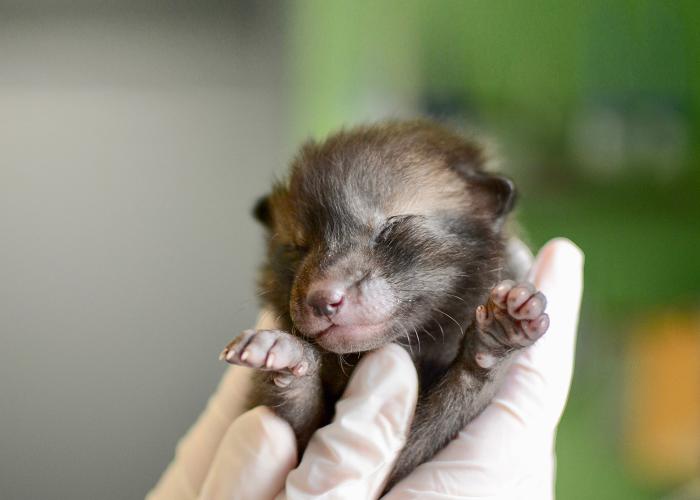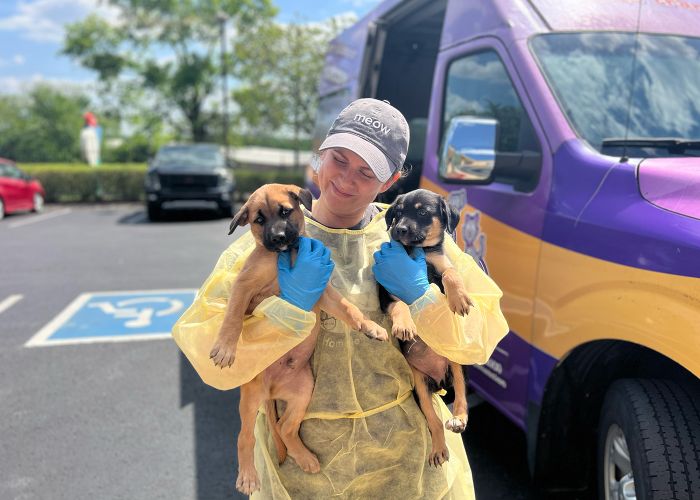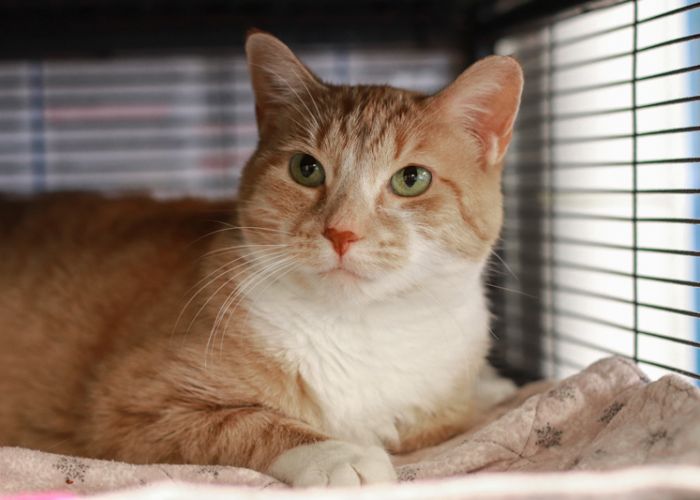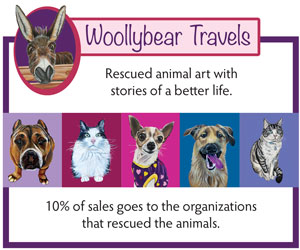How to: Install a public microchip scanning station
Shelters share how public microchip scanning stations can empower communities to get lost pets back home
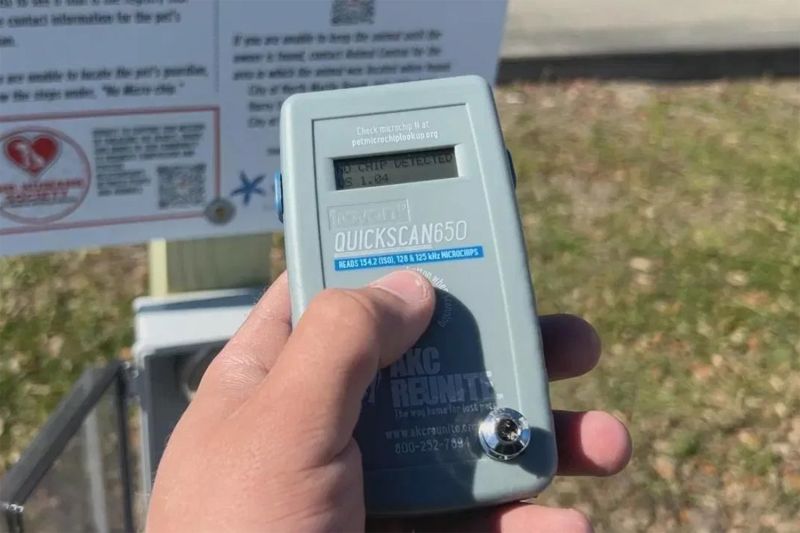
It’s an all-too-common scenario: A good Samaritan comes across a seemingly “stray” animal and delivers them to the local animal shelter. Fortunately, the animal has a microchip and is eventually reunited with their family.
Overall, it’s a happy outcome—but it could have been better. The pet has endured some stressful hours or days in a cage in an unfamiliar environment. The shelter has spent valuable time and resources caring for an animal who was likely found less than a mile from their home.
For pets without collars and ID tags, microchips are a vital backup protection. According to a study by Human Animal Support Services, chipped pets are three times more likely to be reunited with their families.
But microchips require a special scanner to detect the chip number that paves the way to a reunion, and “not everybody is a shelter worker with a scanner in their purse,” says Taylor Spreitler, PR and community engagement coordinator at Nashville Humane Association in Tennessee.
Both Nashville Humane and the Humane Society of North Myrtle Beach in South Carolina have found a simple solution: public microchip scanning stations. The stations are easy to use, relatively affordable and sometimes surprisingly cute. Most importantly, they’re helping pets skip the shelter entirely and go straight home.
Turning finders into reuniters
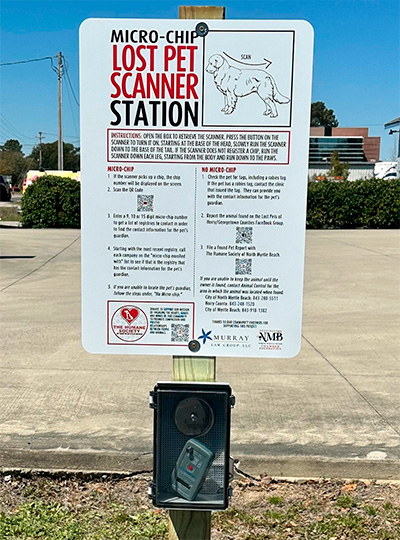
Statistics show that more than half of dogs and cats in shelters are found pets. With public scanning stations, shelters can empower community members to take a more active role in reuniting animals with their owners, Spreitler says.
In North Myrtle Beach, which has no vet clinics open after hours, “we were just trying to make it convenient if someone found an animal in the middle of the night,” says Tina Hunter, executive director of HSNMB. “We had no idea the community was going to be so excited over this little station.”
In March, a post about HSNMB’s first microchip scanning station quickly went viral on social media, and the shelter was flooded with requests for more information. Nashville Humane’s station launched in October 2024 and included a local media blitz.
“Every news station in Nashville came by,” says Spreitler. “It was eye-opening to me to see how many people were still unaware of microchips and what they did and their value. It was a great way to educate people about how microchips work.” (Happily, the shelter offers $10 microchips at its monthly low-cost vaccination clinics.)
Station logistics
In North Myrtle Beach, the station is a weatherproof electrical box; Nashville’s station is a repurposed newspaper box painted by a volunteer. Inside, scanners are tethered to the boxes with a retractable metal clothesline or chain.
Signs on the stations show users what to do if they find a chip, don’t find a chip or hit a dead end with an unregistered chip. They also provide contact information for local animal agencies and links to lost pet Facebook groups.
Hunter estimates the total cost of a microchip scanning station at about $600, including the scanner, box, signage and hardware. “We didn’t know how it would hold up, so we went with the cheapest scanner,” says Hunter, who notes that they had to negate the scanner’s warranty by drilling a hole in it to attach the clothesline. “If we have to replace it twice a year, that’s just $200.”
Both shelters chose quiet locations with ample parking (to avoid scared pets running into traffic), video surveillance and supportive property owners. HSNMB’s station is outside a law firm whose staffers check it daily, and Nashville Humane’s station is right outside its shelter doors. Neither shelter has had any issues with theft, damage or animals being left behind.
Success in action
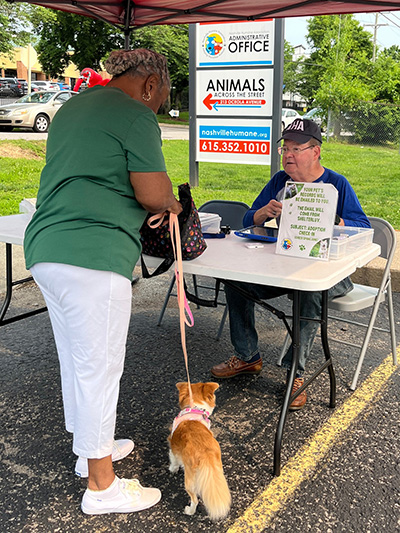
Spreitler has seen people walk up and use the scanner during business hours instead of bringing the pet inside. “It’s been just a great way to keep animals out of the shelter. I always say, ‘Get the babies home before dinner!’” Nashville Humane is now helping rural shelters in its region install their own stations.
In South Carolina, Hunter says the local lost pet Facebook group is full of people tagging the station. “We’ve seen posts like, ‘Found a chip! Scanned it! Owner picking them up in the morning!’” she says. Hunter is also working to install more stations; ultimately, she aims to have a public microchip scanning station every five miles across the city.
“We’re working with our local county government to put some stations together. We’re working with another shelter in a neighboring county to help them get some stations, and we’re working on getting more in our own city, as well,” she says. “We’ve had animal welfare staff from 38 states reach out to ask how to do it. We even had HOAs say, ‘Can we put one in our neighborhood clubhouse?’”
The stations have caught donors’ attention, too. HSNMB offers station sponsorship opportunities, then adds the sponsor’s business logo or pet’s name and photo to the station. “It’s a great way for businesses to advertise to people who love animals,” says Hunter.
“The community wants to help us,” she adds. “They don’t want to see animals on the streets. They don’t want to see animals getting hit by cars. So if we can just think outside the box and come up with easy ways to help the community help these animals and keep them out of the shelter, let’s do it.”



